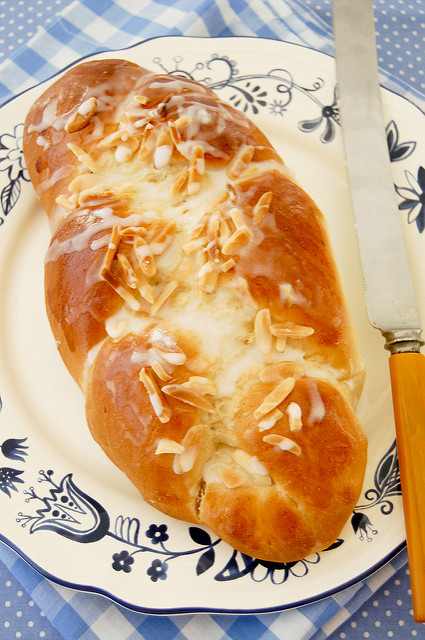How to Make Three-Minute Eggs
A tall porcelain egg cup is the only appropriate receptacle from which to eat a three-minute egg.
Not soft boiled, “three-minute.” Three minutes is the exact amount of time you need to achieve custardy white and soupy yolk perfection.
Use the old Farberware pot. It holds the perfect amount of water to cover the egg, but not so much that you crack the egg when you drop it in.
Watch the pot until the electric stove coil turns red.
The author's great-grandmother; a good egg
When the water starts to boil, take two eggs from the carton and lower them into the pot. Some people use a spoon for this. Not you. Kitchen work is best done with one’s own hands.
Replace the lid. Set the yellow timer. Only the timer, never a clock, because a few seconds over or under done won’t do.
When the timer rings, drain the water and put the eggs right into the cups.
One for her. One you.
Crack the shell. Peel a small piece of the white off the tops. Eat it. Use the yellow and white daisy salt-shaker to salt the yolk.
Eat the warm egg with a spoon straight from the shell. A piece of toasted challah, well buttered, for mopping up the drips.
It’s a small thing you do together, once a week. But she will remember it even after thirty years have passed.
- Samantha Brinn Merel spent one day every week at her great-grandmother's apartment when she was little. Along with how to make a perfect three-minute egg, during those visits she learned the appropriate way to apply blue eyeshadow, the joy of rhinestone clip-on earrings, how to make a thumbprint cookie, and how to knead challah dough by hand - even though owning a Kitchen Aid mixer means she will never actually employ that particular skill. She was a contributing author to the anthology The Herstories Project: Women Explore the Joy, Pain, and Power of Female Friendship, and blogs at This Heart of Mine.





















